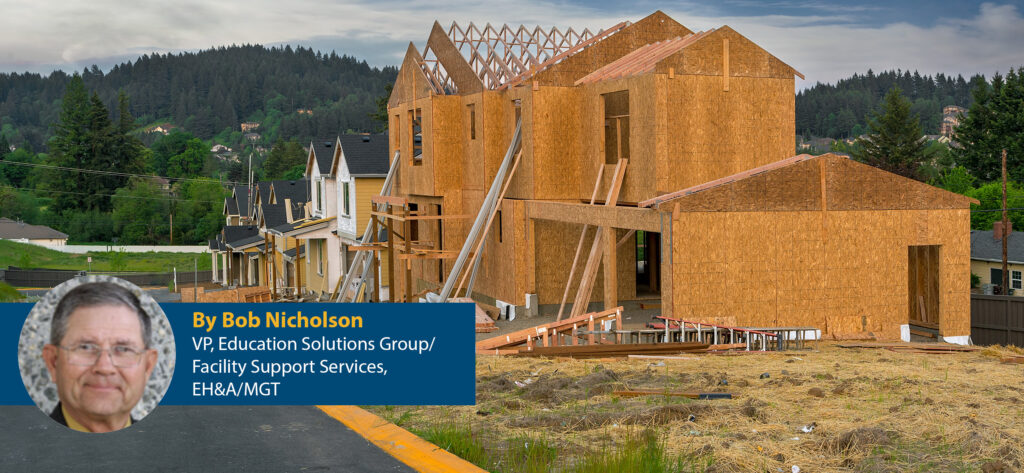
In part one of this multi-part series of articles, we discussed what to know and why to know about development impact fees. We discussed that development impact fees are NOT a tax but are, rather, one time charges applied to developments. We discussed why we need these fees and for what they are used. If you missed Part One, you could find that article here. In our second part we briefly discuss some of the history of developer fees for school facilities in California.
In this part, we discuss three “levels” of development impact fees. Let us get right into these starting with level one (1), also known as “statutory fee” with the meaning this level is a rate statutorily set by the State Allocation Board (SAB). Education Code (EC) Section 17620 and Government Code (GC) Section 65995 govern the rates and establish the rules. Level one (1) fee is adjusted for inflation every two years, in even number years, by the State Allocation Board at its first meeting in January on the last Wednesday of the month (usually).
This fee is used for construction or reconstruction of school facilities. Level one (1) fee needs to be supported through a required justification study, commonly referred to as the Developer Fee Justification Study, DFJS. This fee is assessed on both residential and commercial development using a per square foot of assessable space calculation. We will discuss the adoption of or increase to level one (1) fee in our next article.
Level two (2) fee, also known as “alternative,” fee also requires justification and is commonly referred to as a School Facilities Needs Analysis (SFNA). Different from level one (1), level two (2) fee is only assessed against residential development. It allows for collection of a fee higher than level one (1) but has specific requirements to qualify for the higher fee. The SAB does not limit the amount that can be assessed for level two (2) fee. This level is established by a statutory formula. Level two (2) is intended to be equal to 50% of construction and 50% of site development cost. Commercial development is collected under level one (1) statutory fee only and does not apply to level two (2). We will discuss and share the requirements and calculation formula for level two (2) in our next article.
Level three (3) fees are linked to qualification under level two (2) allowing a school district additional resource if the state runs out of funds and is no longer allocating funds to the School Facility Program for new construction. If you are considering levying this level three (3) fee we strongly recommend consulting with your legal counsel about your ability to levy this fee and how you would proceed with that process. Level three (3) fees are also restricted to levying on residential development, not commercial development as with level two (2).
Level three (3) fee is intended to mitigate 100% of the impact of residential development. As a reminder, state funding would not be available and the SAB would not be approving apportionments for new construction. The SAB would need to notify the legislature it does not have funds available and is not apportioning any funds.


